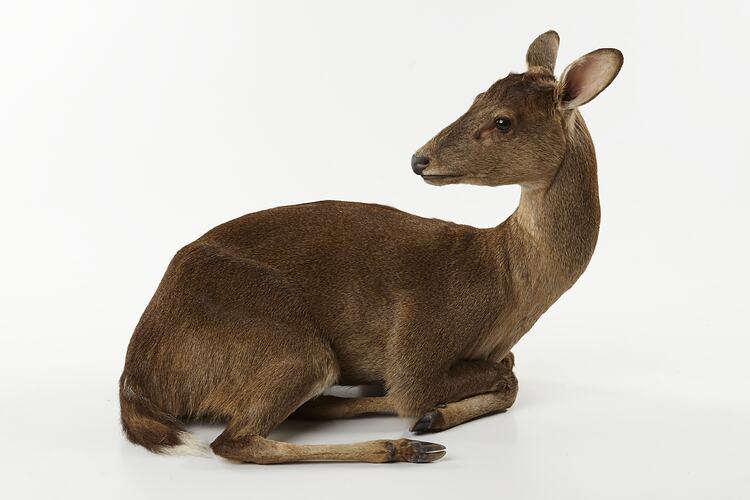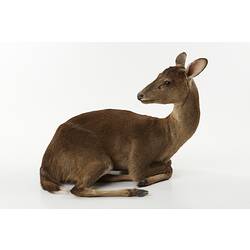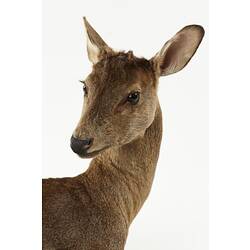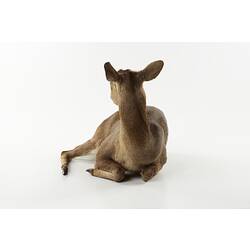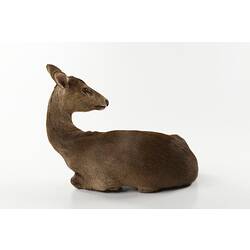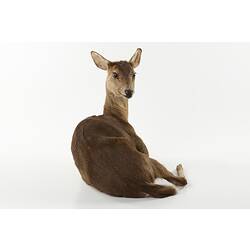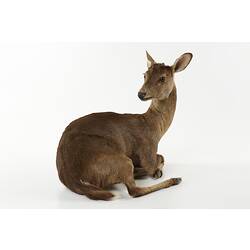Summary
Indian Hog Deer were once common across an extremely large area from Pakistan through northern Indian and the Himalayan foothills and across into mainland Southeast Asia. Since the mid-twentieth century populations of the Indian Hog have halved and they are now extinct across much of Southeast Asia. Populations in India and Nepal have not declined as dramatically but are still estimated to have dropped by 40% in the last couple of decades.
Until recently the abundance of some populations masked the extent of the global decline but the International Union for Conservation of Nature (IUCN) now classifies Indian Hog Deer as Endangered. They are also listed on Appendix I of the Convention on International Trade in Endangered Species (CITES) to prevent international trade from threatening them with extinction.
Indian Hog Deer were introduced to Australia in the mid-nineteenth century. Despite their global endangered status, the Australian Government classifies Indian Hog Deer as a pest species because of the damage they do to local ecosystems. Many native plants cannot survive being grazed by deer and they compete with native animals such as wallabies and kangaroos. Their hard hoofs also contribute to accelerated soil erosion.
This female was donated to the museum by Parks Victoria in 2015 after a planned population reduction in Wilsons Promontory National Park.
Specimen Details
-
Taxon Name
-
Author and date of publication
(Zimmermann, 1780)
-
Preferred Common name
Hog Deer
-
Number Of Specimens
1
-
Sex
Female
-
Stage Or Age
adult
-
Specimen Nature
Nature: Mount, Form: Dry
-
Date of preparation
8/09/2015
-
Collected By
Parks Victoria, Game Management Authority
-
Date Visited From
21/08/2015
-
Date Visited To
21/08/2015
-
Category
-
Scientific Group
-
Discipline
-
Collecting Areas
-
Type of Item
Taxonomy
-
Kingdom
-
Phylum
-
Subphylum
-
Class
-
Order
-
Family
-
Subfamily
-
Genus
-
Species Name
porcinus
Geospatial Information
-
Country
-
State
-
Nearest Named Place
-
Precise Location
Wilsons Promontory National Park
